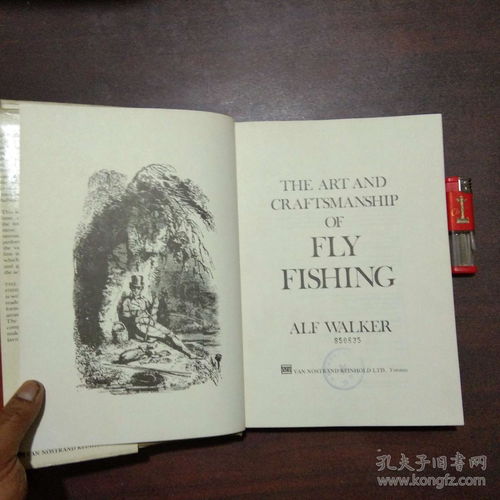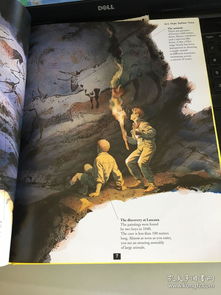Introduction:
Fishing is an ancient pastime that offers relaxation, tranquility, and the thrill of the catch. Whether you're a seasoned angler or a complete beginner, mastering the art of fishing can be both rewarding and enjoyable. This article will provide you with a comprehensive guide on how to play fishing well as a beginner, complete with technique illustrations to help you visualize and understand each step.
Choosing the Right Equipment:
Before you can start fishing, you need the right equipment. Here's a breakdown of the essential gear you'll need:

1 Rod and Reel:
- Rod: Choose a rod that matches the type of fish you're targeting. Longer rods are better for casting and retrieving, while shorter rods are more sensitive for detecting subtle bites.
- Reel: Spinning reels are ideal for beginners due to their ease of use and versatility.
2 Line:
- Monofilament: A common choice for beginners, monofilament is flexible and easy to handle.
- Braided Line: Offers greater sensitivity and strength but can be more expensive and challenging to manage for beginners.
3 Lures and Baits:
- Lures: Artificial baits that mimic the movement of real fish. Start with simple, beginner-friendly lures like spinners or worms.
- Baits: Real fish, insects, or other organic materials. Live bait can be effective but requires more preparation.
Learning the Basics:
Once you have your equipment, it's time to learn the basics of fishing:
1 Casting:
- Step 1: Hold the rod with a comfortable grip, using your index finger to press the reel's spool.
- Step 2: Point the rod tip towards your target and take a deep breath.
- Step 3: On your exhale, release the line and sweep the rod back and forth with a smooth, continuous motion.
- Step 4: As the line straightens, point the rod tip slightly upwards to prevent the line from touching the water.
2 Lifting and Setting the Hook:
- Step 1: When you feel a tap or pull on the line, lift the rod quickly and sharply to set the hook.
- Step 2: If the fish is not hooked, wait a few seconds and then try again.
3 Playing the Fish:
- Step 1: Keep the rod tip high and maintain tension on the line to prevent the fish from swimming away.
- Step 2: Guide the fish towards the shore or boat using a combination of rod movement and reel tension.
Technique Illustrations:
To help you visualize the techniques described above, here are some step-by-step illustrations:
1 Casting: [Insert illustration of casting technique with arrows indicating the direction of the rod movement and the release of the line.]
2 Lifting and Setting the Hook: [Insert illustration showing the rod being lifted quickly and sharply to set the hook.]
3 Playing the Fish: [Insert illustration showing the rod tip being kept high and tension being maintained on the line.]
Tips for Success:
- Patience: Fishing is a waiting game. Be patient and enjoy the process.
- Practice: The more you fish, the better you'll become. Practice your casting and other techniques regularly.
- Research: Learn about the fish you're targeting, their habits, and the best spots to catch them.
- Safety: Always wear a life jacket when fishing from a boat or in deep water.
Conclusion:
Fishing is a skill that can be learned and enjoyed by beginners of all ages. By following this guide and practicing the techniques outlined, you'll be well on your way to becoming a skilled angler. Remember, the key to success is patience, practice, and a love for the water. Happy fishing!












